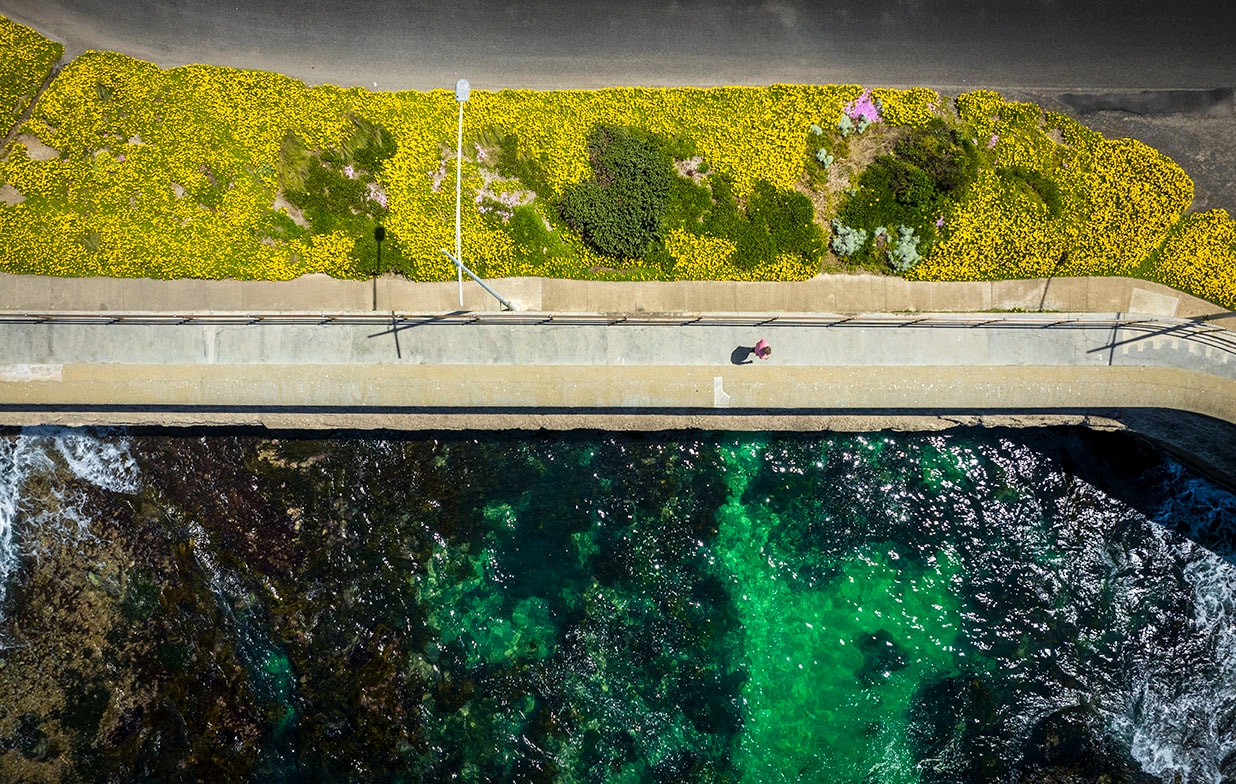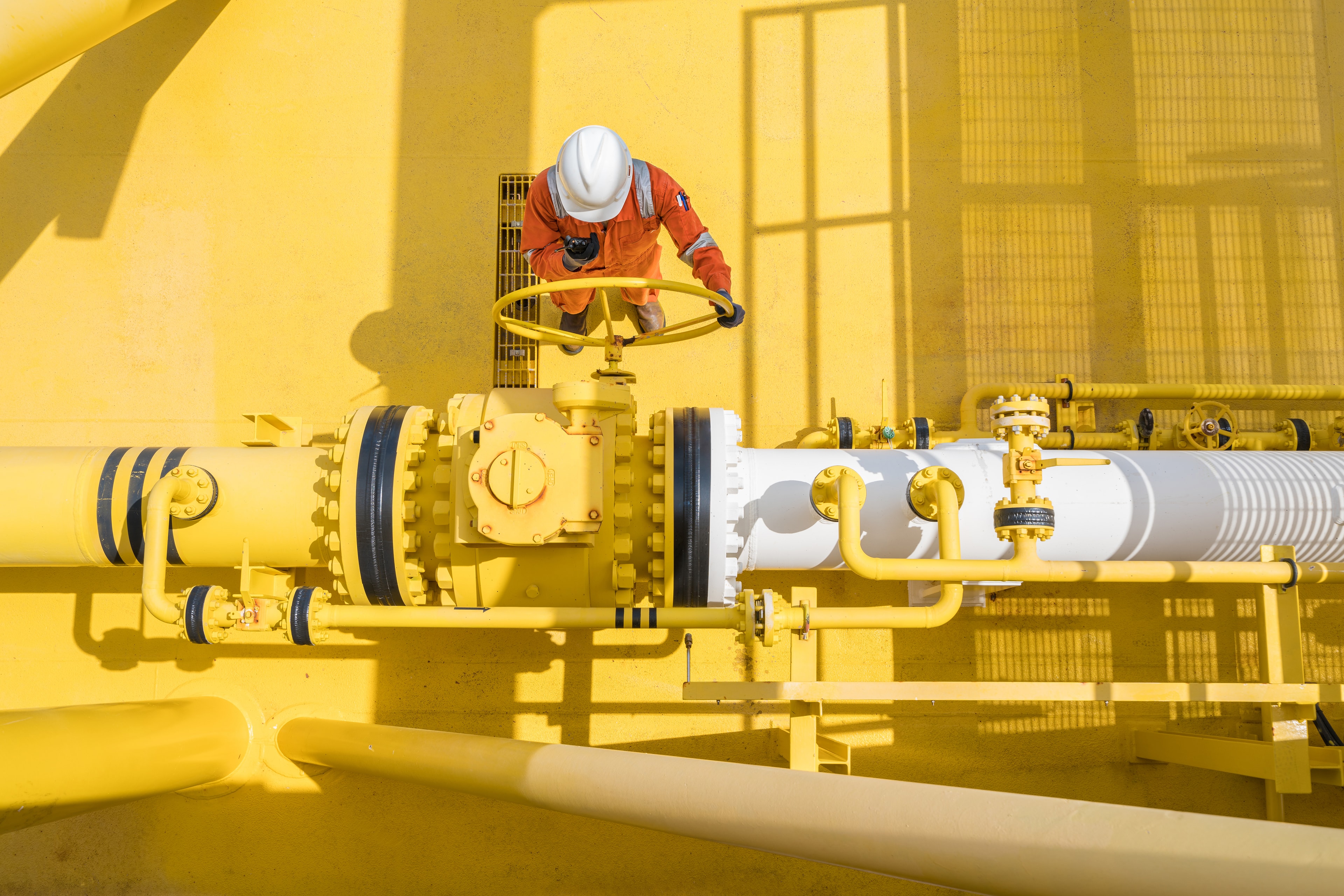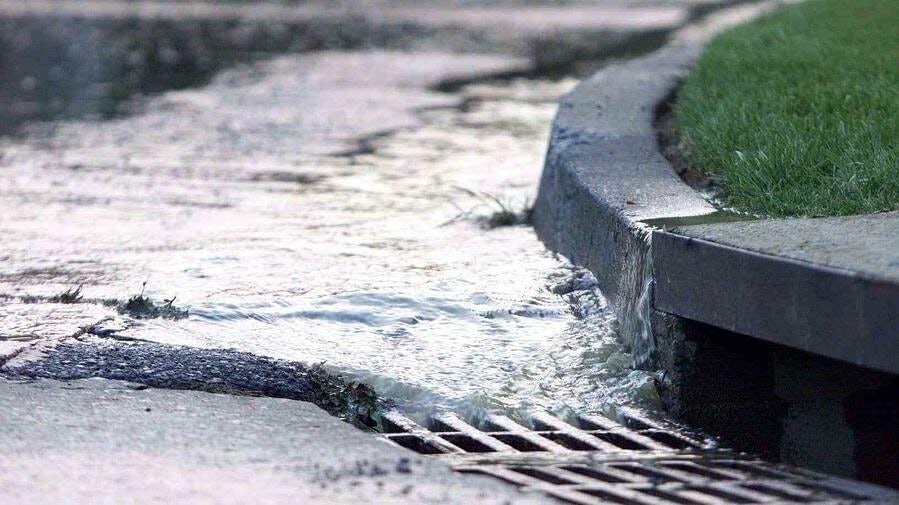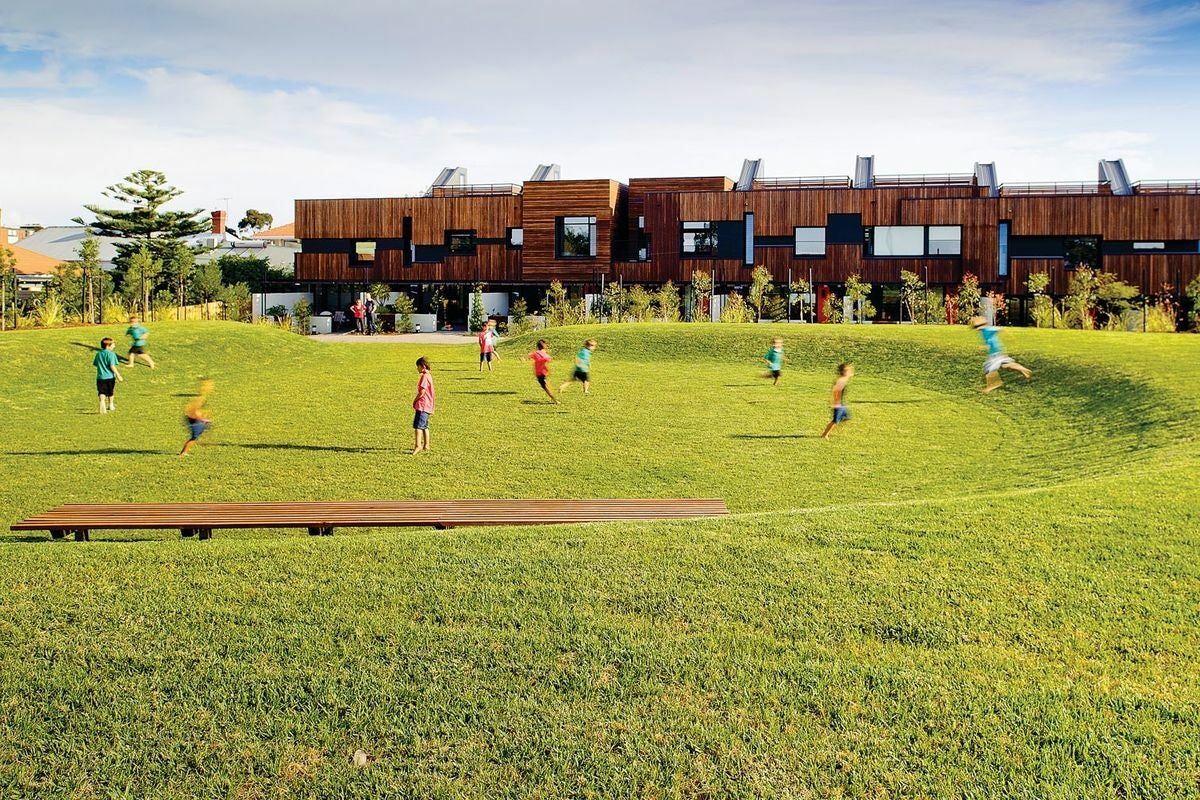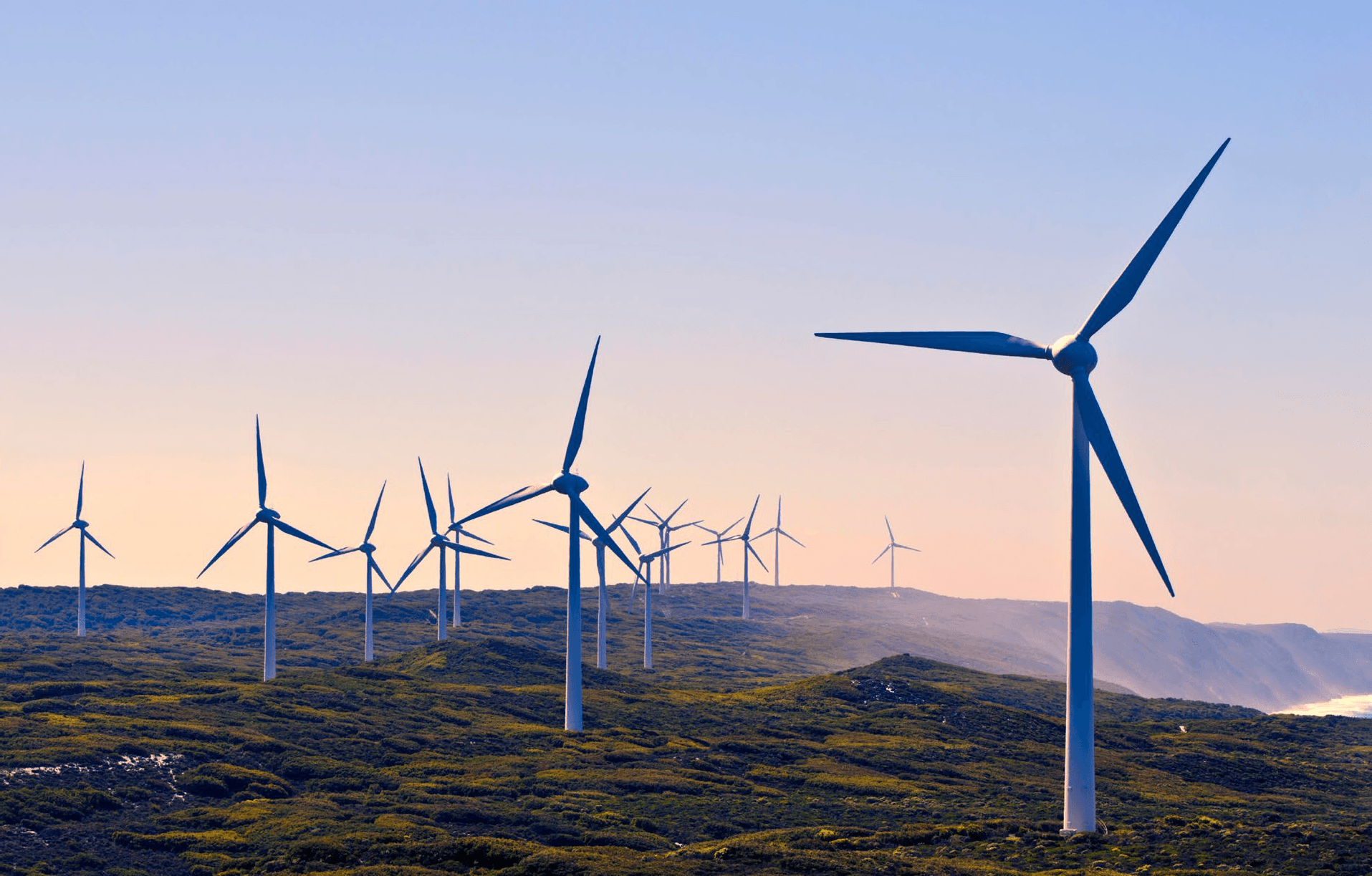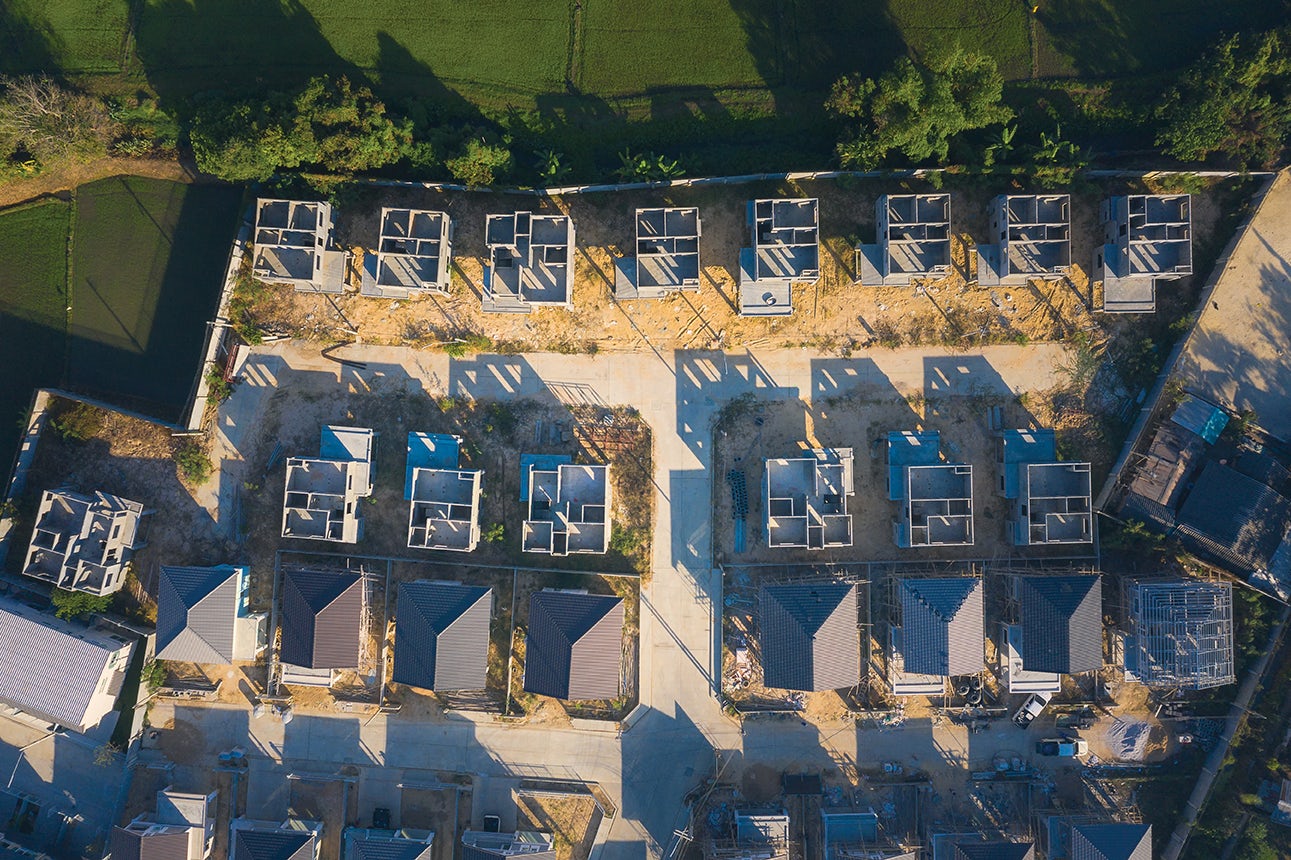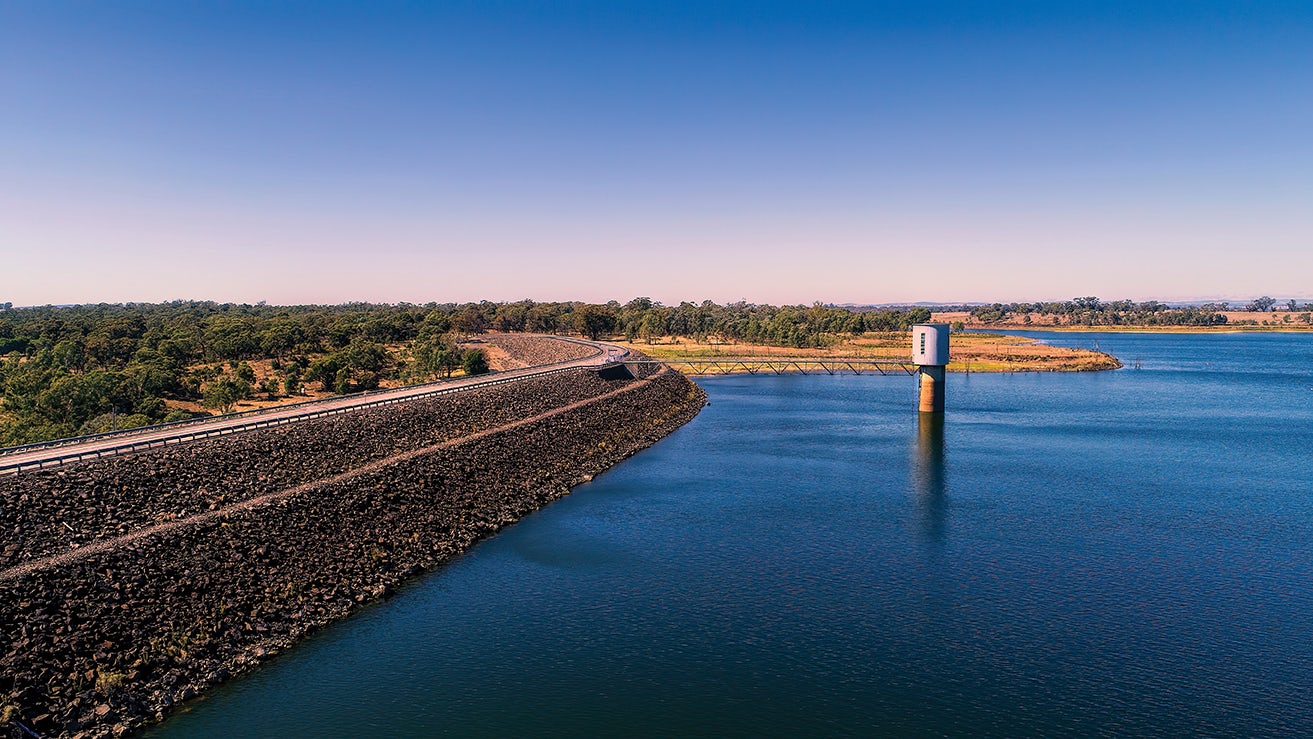Energy
Victoria faces major challenges to transform its energy infrastructure and reach net zero emissions by 2045. Ageing coal plants must close and demand for electricity and battery storage is rising. Victoria needs to make rapid progress so that electricity is reliable, sustainable and affordable.

Challenges
Victoria must move quickly to transform its energy infrastructure
Victoria needs large amounts of new energy infrastructure by 2035 to meet emissions reduction targets. This infrastructure will generate, store and transmit renewable energy, including an extra 6 gigawatts by 2030 and over 25 gigawatts by 2050. However, projects face limited investment, rising costs, supply chain issues, workforce shortages and lengthy approvals. Some community opposition and policy uncertainty also slow progress.

Electricity demand will double by 2050
Electricity demand will double by 2050 as more homes, businesses and vehicles switch to electric power. At the same time, Victoria’s ageing coal plants are becoming less reliable. More efficient homes can help reduce demand but Victoria still needs much more storage and better demand management to maintain a stable electricity supply. Without this infrastructure, Victoria could face electricity shortfalls and blackouts.
Victoria needs 20 times more battery storage by 2035
Battery storage needs will grow sharply as coal plants close. Many Victorian homes generate solar power but cannot store it for later use. Batteries store excess energy and release it when needed, helping to stabilise the grid. However, current market settings do not encourage investment in storage. Without more batteries, electricity prices may rise and reliance on gas power could increase.
